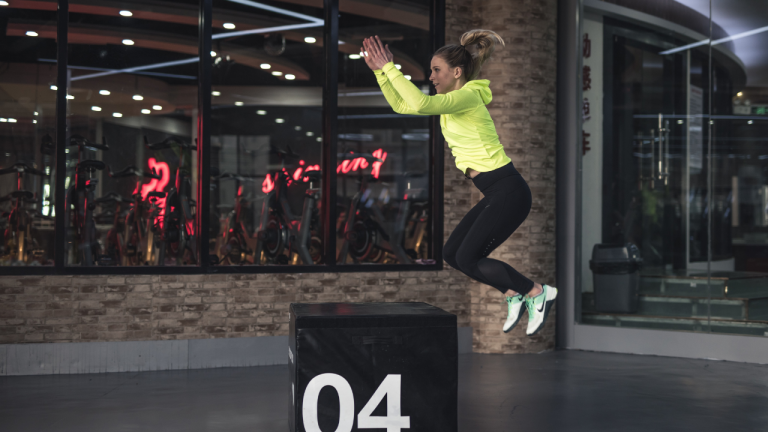Bodyweight Training

Bodyweight training, also known as calisthenics, involves using your own body weight as resistance to build strength, improve muscular endurance, and enhance overall fitness. It does not require any external weights or equipment and can be done anywhere. Here are some key points about bodyweight training:
Functional Strength: Bodyweight exercises often involve compound movements that engage multiple muscle groups simultaneously. This mimics real-life functional movements and helps develop strength that translates to everyday activities. Examples include push-ups, pull-ups, squats, lunges, and planks.
Core Strength and Stability: Many bodyweight exercises engage the core muscles, including the abdominal muscles, obliques, and lower back. These exercises help improve core strength and stability, which is essential for maintaining proper posture, balance, and overall body control.
Improved Body Control and Balance: Bodyweight exercises require control and coordination, which helps improve body awareness and balance. Exercises like pistol squats, single-leg balances, and handstands challenge your balance and proprioception, enhancing your overall body control.
Scalability and Adaptability: Bodyweight exercises can be modified and progressed to suit different fitness levels and abilities. By adjusting the leverage, and range of motion, or adding variations, you can make bodyweight exercises more or less challenging to meet your specific needs. This makes bodyweight training accessible for beginners and advanced individuals alike.
Convenience and Cost-Effectiveness: One of the major advantages of bodyweight training is its convenience and cost-effectiveness. You can perform bodyweight exercises virtually anywhere, such as at home, in a park, or while traveling. No equipment is required, although simple tools like pull-up bars or resistance bands can add variety and challenge.
Full-Body Conditioning: Bodyweight training can provide a full-body workout, targeting major muscle groups in the upper body, lower body, and core. By incorporating a variety of exercises, you can achieve balanced muscular development and overall conditioning.
Mobility and Flexibility: Many bodyweight exercises involve dynamic movements and full ranges of motion, which can improve joint mobility and flexibility. Exercises like deep squats, lunges, and yoga-inspired movements can help improve overall flexibility and mobility.
Cardiovascular Benefits: Bodyweight exercises can be performed in a circuit or high-intensity interval training (HIIT) format, incorporating cardiovascular elements into the workout. This can provide cardiovascular benefits and improve endurance.
Rehabilitation and Injury Prevention: Bodyweight training can be used for rehabilitation purposes or as a complement to other training methods. It can help improve joint stability, strengthen weak muscles, and promote proper movement patterns, reducing the risk of injury.
Progression and Skill Development: As you become more proficient in bodyweight exercises, you can progress to more advanced variations and techniques. This includes exercises like muscle-ups, handstand push-ups, planche progressions, and more. Skill development in bodyweight training adds a challenging and rewarding aspect to your fitness journey.
Remember to focus on proper form and technique during bodyweight exercises to maximize their effectiveness and reduce the risk of injury. Progress gradually, listen to your body, and adjust the difficulty level based on your abilities. Incorporating a variety of exercises and training methods can provide a well-rounded bodyweight training program.



